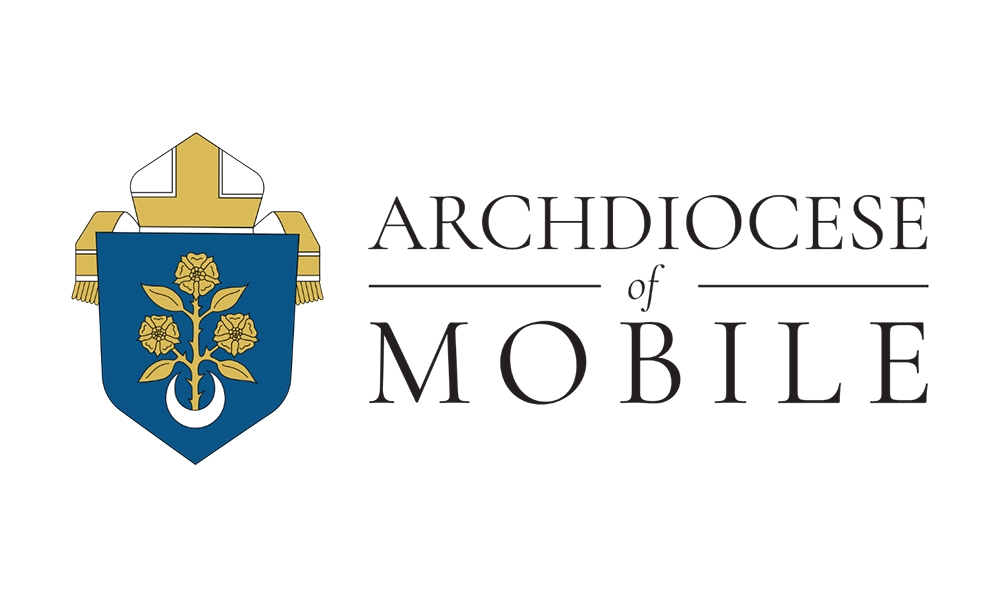
Archbishop Thomas J. Rodi submits required letter of retirement, remains Archbishop of Mobile
In conjunction with his 75th birthday, Most Rev. Thomas J. Rodi, Archbishop of Mobile, has submitted his required retirement letter to Pope Francis.
In the Catholic Church, all bishops are required by Church Law to submit a letter of retirement to the Holy Father when they reach their 75th year. Archbishop Rodi remains the chief shepherd of the Archdiocese of Mobile as the resignation letter does not automatically result in immediate retirement.
The letter does set into motion a process that will eventually lead to the retirement of Archbishop Rodi and the appointment of the next Archbishop of Mobile. There is no timetable as to when a successor will be appointed. Soon after an appointment is made, the new Archbishop of Mobile will be installed during a Mass at the Cathedral-Basilica of the Immaculate Conception in Mobile.
Archbishop Rodi has served the Archdiocese of Mobile since 2008, having succeeded Archbishop Oscar H. Lipscomb.
“Thank you to the people of the Archdiocese of Mobile. I have been blessed and continue to be blessed by serving the people of this wonderful archdiocese,” Archbishop Rodi said. “The Holy Spirit works powerfully in this archdiocese and works through the people of the archdiocese. It is a privilege to serve as shepherd of this archdiocese to praise God, to serve neighbor and together to grow in faith.”
The archdiocese encompasses 22,969 square miles and includes the lower 28 counties of the State of Alabama. The first parish in Mobile was founded on July 20, 1703. The Archdiocese of Mobile was established in 1825 as the Vicariate-Apostolic of Alabama and the Floridas in 1825 and became the Diocese of Mobile in 1829.
The name was changed to the Diocese of Mobile-Birmingham on July 9, 1954, and was redesignated on June 28, 1969. It was established as the Archdiocese of Mobile on Nov. 16, 1980. Archbishop Rodi is the second Archbishop of Mobile.
Below is information according to the United States Conference of Catholic Bishops regarding archbishops:
How is a new archbishop chosen?
Canon 401 of the 1983 Code of Canon Law states that all bishops must submit their resignation to the Pope at the age of 75. The pope can accept their resignation at that time, or ask them to stay on until their successor is chosen. All aspects of the process of choosing a successor are supposed to be confidential, but there are some things that are known. The papal nuncio will present a list of candidates for investigation to (in the case of the U.S.) the Congregation of the Bishops in the Roman Curia. The congregation then reports to the pope, who makes the final decision.
Does the new archbishop have to be a bishop already?
Though it happens very rarely, a newly-named archbishop need not be a bishop first. In this case, the new archbishop would need to be ordained as a bishop before he could be installed as an archbishop.
What's the difference between an archbishop and a bishop?
An archbishop is the head of diocese that is considered to be particularly important for some reason. The diocese is then designated as an “archdiocese” and its bishop is designated as an “archbishop.” In sacred matters, an archbishop is the equivalent of a bishop. An archbishop has no authority over the bishops in the other dioceses of his area, but the archbishop is the one who calls the bishops together to discuss issues and to remain in communication with one another.



